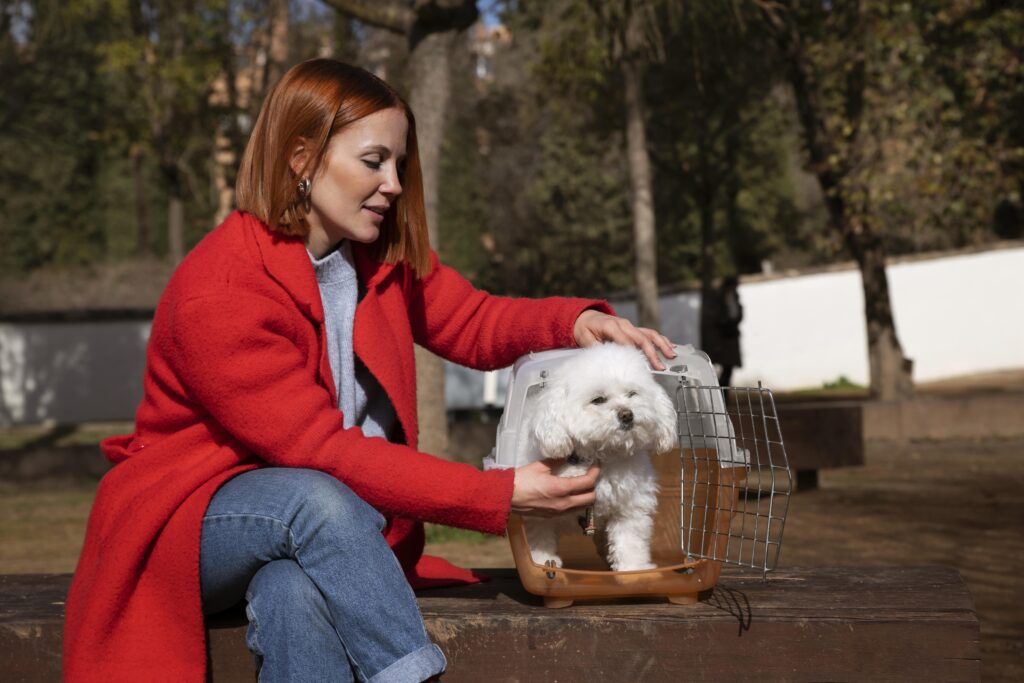Dogs are known for their hearty appetites, but there may come a time when your furry friend refuses to eat. Understanding how long dogs can go without eating, recognizing the signs and risks of prolonged fasting, and knowing the solutions can help you ensure your dog’s health and well-being. This article will delve into these aspects and incorporate essential keywords related to dog food and feeding practices.
Understanding Fasting in Dogs
how long can dogs go without food:
Dogs, like humans, can survive without food for a certain period, but the duration varies depending on several factors, such as age, health, and size. On average, a typical adult canine can survive without nourishment for a period of three to five days. However, this period should not be taken as a standard, and it’s crucial to monitor your dog’s behavior and health during any fasting period.
how long can dogs go without food
The survival period for dogs without food can extend to seven days, but this is under critical conditions and should not be tested deliberately. Puppies and senior dogs have lower tolerance levels and may suffer more quickly from the lack of nutrients. Understanding the limits is vital, but more important is recognizing the signs that your dog is in distress due to a lack of food.
Signs of Food Refusal in Dogs
When a dog refuses to eat, it’s essential to observe their behavior closely. Common signs include:
Lethargy: Reduced energy levels and reluctance to move.
Weight Loss: Noticeable loss of weight over a short period.
Dehydration: Lack of interest in drinking water, leading to dry gums and sunken eyes.
Vomiting and Diarrhea: Digestive disturbances can exacerbate the problem.
Identifying these indicators at the outset enables swift intervention and mitigates the risk of severe medical problems.
Risks Associated with Prolonged Fasting
Prolonged fasting can lead to several health complications in dogs, including:
Nutritional Deficiency: Lack of essential vitamins and minerals can weaken the immune system.
Muscle Wasting: As energy reserves dwindle, the body starts to break down muscle mass to fuel its needs.
Organ Damage: Extended periods of severe malnutrition can result in permanent harm to crucial bodily organs, including the liver and kidneys.
Common Reasons for Food Refusal
There are numerous reasons why a dog might refuse to eat, ranging from simple issues to more complex health concerns:
Illness: Conditions like infections, digestive issues, or dental problems can reduce appetite.
Unsettling circumstances, such as alterations to a dog’s surroundings, daily schedule, or family dynamics, can have a profound impact on their appetite.
Food Preferences: Some dogs may become picky eaters, rejecting certain types of food.
Solutions to Encourage Eating
If your dog refuses to eat, there are several strategies you can employ to stimulate their appetite:
Change Food Type: Experiment with different types of dog food. For instance, try switching from dry kibble to wet food or offering fresh pet dog food.
Heat the Flavor: Boosting the scent of your dog’s meal by warming it up can make it more irresistible.
Hand Feeding: Sometimes, feeding your dog by hand can encourage them to eat.
Reduce Stress: Create a calm and comfortable eating environment.
Exploring Dog Food Options
Choosing the right dog food is crucial for maintaining your dog’s health. Here are some options to consider:
Fresh Pet Dog Food: Incorporates high-quality, fresh ingredients. Brands like Maev Dog Food and Nutra Complete Dog Food offer nutritious options. Don’t forget to ensure it’s pet-friendly and safe for your furry friend. For instance, you might wonder, “Can you freeze fresh pet dog food?” Yes, you can, and it’s a good way to preserve its freshness.
Commercial Dog Foods: Brands like Fromm Dog Food, Simply Nourish Dog Food, Gravy Train Dog Food, Next Level Dog Food, Life Abundance Dog Food, Retriever Dog Food, Wholesomes Dog Food, Redford Dog Food, and Kindful Dog Food offer a variety of options catering to different needs.
Puppy Chow Dog Food: Specifically formulated for puppies. But, “Can adult dogs eat puppy food?” While it’s not harmful, it’s not recommended due to different nutritional needs.
Specialty Ingredients: Some foods include specific ingredients like chicken meal. “What is chicken meal in dog food?” It’s a high-protein ingredient made from chicken flesh and skin.
how long can dogs go without food
Addressing Specific Concerns
Food Aggression: If your dog shows aggression during mealtime, learning how to stop food aggression in dogs is crucial. Gradual training and behavioral adjustments can help.
Health Considerations: Always consider if the food is healthy for your dog. For instance, ask, “Is fresh pet dog food healthy?” Generally, it is, but always consult with your vet for personalized advice.
Conclusion
Understanding how long can dogs go without food, recognizing the signs of food refusal, and knowing the risks involved are essential for every dog owner. By exploring different dog food options and employing strategies to encourage eating, you can ensure your furry friend stays healthy and happy. Always consult with a veterinarian for persistent issues, and choose dog food that meets your pet’s specific dietary needs. By adopting these strategies, you’ll be well-prepared to tackle any issues surrounding your dog’s dietary needs, ultimately promoting their overall health and long-term vitality.

